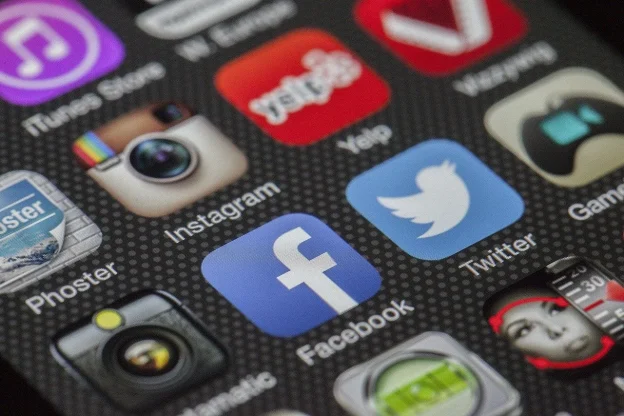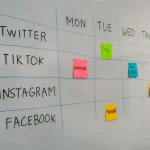First, social media is a very powerful marketing tool. It helps you understand your audience. Also, it lets you promote your brand. Furthermore, you can engage with customers. Best of all, it requires little investment. To succeed, focus on what each target group needs.
Social media is about building relationships and conversations. Ultimately, listening to audience feedback can make or break your brand.
Many brands don’t grasp this and end up doing social media wrong. We’ve listed common mistakes and signs your social marketing might not be working.
Shameless Self-Promotion
On the other hand, your brand’s newsfeed shouldn’t be boring. It also shouldn’t be too focused on sales. Instead, people love content that entertains them. They also like content that informs and engages them. However, posts that are just about self-promotion don’t do any of these things.
For instance, if every single piece of content you publish on social is a bland advertising spot, your audience will ultimately tune out.
Meanwhile, for generating direct sales, you have paid social ads. Similarly, the content you post on your feed should provide value. This can take a few different forms, depending on what sort of relationship you want to establish with your audience:
- Q&A sessions that allow the audience to share details about themselves.
- Invitations to post user-created content such as photos, videos, or stories.
- Opportunities for discounts and special offers.
- Content that’s designed to provide entertainment, such as through humor.
- Informative content, such as how-to’s or white papers.
Add a personal touch to everything you share and let your brand’s personality shine. Stand proudly for what your business values and represents. People are watching closely, so show empathy and care for your customers.
Because if you treat people like little more than walking wallets, they’ll know.
Digital Over- or Under-Saturation

You might think it’s better to post and advertise as much as possible. Unfortunately, you’d be incorrect. Whether on social media or email, there’s a ‘sweet spot’ for content volume.
Post too much, and people will rapidly become annoyed with your business, classify you as a spammer, and either unfollow or ignore your content. Post too little, and people will inevitably start to forget you exist. Fortunately, the fix to this is relatively simple.
As noted by social media expert Louise Myers:
- You should post on Facebook a minimum of three times per week and a maximum of once per day.
- Your Twitter feed should, at most, have 15 posts a day.
- Post 11 times on Pinterest each day.
- For Instagram, post a maximum of twice daily.
- On LinkedIn, one post a day is ideal.
No Engagement
If your audience isn’t engaging with your content, it’s time to rethink your strategy. Go back to the beginning and identify the following:
- Who is your customer base?
- How do you want to balance engagement and direct sales?
- What type of content should you publish, and what expertise is needed?
- Define your long-term and short-term goals.
- When is the best time to post each day?
- What is your brand’s identity?”
Plan an outline and schedule to set yourself up for success.
In Closing
Scheduling posts lets you edit, react to events, and focus on engagement. Social media is all about building relationships. By understanding who your audience is and why they’ve engaged with your brand, you can do exactly that.




